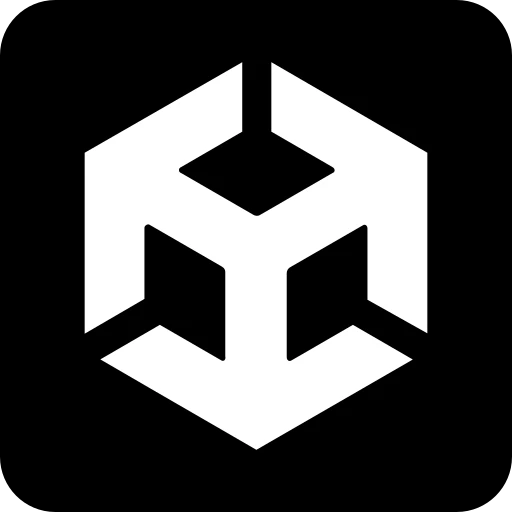
Polygon Arena (Now Polygun Arena) is a F2P casual first-person multiplayer 3D shooter with cartoon graphics developed by Turkish game studio Vertigo Games.
I worked as Senior Product Manager on Polygon Arena during its starting period between 2023 and 2024 mostly on Game Design, Game Economy Design, UX Research & Design and A/B Testing.
Vertigo Games, 2023 - 2024
Role
Product Manager (Sr.)
Responsibilities
Product Management, Game Economy Design, Game UX Research & Design, Game Design, Data Analysis, A/B Testing, QA Testing, Team Management, Project Planning, Release Planning
Tools I Used







From the ground up, I designed and validated the game’s core user experience architecture (IA), core flows, economy/reward structure, and monetization screens. In my role as Senior Product Manager, I led the end-to-end process—from research to prototyping, and from testing to launch.
My responsibilities are;
Game Design: Inventory parameters, in-game balance, stat effects, and cost curves were defined and tuned through telemetry- and playtest-driven iterations. Auto-aim and auto-fire bands, recoil patterns, accuracy spread, projectile speed, and time-to-kill (TTK) target ranges were calibrated to sustain fair combat and clear counter-play. ELO was modeled for accelerate fair matchmaking, supporting readable progression and a responsive moment-to-moment feel.
Game Economy Design: Currencies (soft/hard), earn/spend loops, and reward cadence (daily streaks, seasonal milestones) were defined from first principles. Chest/drop tables were authored with pity thresholds and duplicate-to-resource conversion to preserve value over time. Inflation and scarcity were controlled by monitoring source/sink flows, with seasonal simulations and telemetry used for ongoing verification.
Monetization: Starter and first-purchase bundles, No-Ads options were designed with explicit value communication (content breakdowns, “best value” badges). Chest information screens were standardized to disclose drop rates transparently. Offer impression frequency and placement were governed by user-level segmentation rules, emphasizing value without early paywall pressure.
UX Research & Design: Competitive and heuristic analyses were used to establish the information architecture; user flows and wireframes/prototypes were produced accordingly. Scope included all game screens like main menu, inventory, missions, store, offers, profile, settings, and post-match. FTUE/onboarding, control sensitivity, store comprehension, and inventory readability were validated via playtests, task scenarios, and surveys. Card templates (rarity/level/stat hierarchy) and concise info cards were introduced to improve discoverability.
QA Testing: Test plans and acceptance criteria were defined; regression passes were executed across target devices and OS versions. Performance (FPS, memory, crash rates), network/matchmaking behavior, and telemetry/event-schema integrity (e.g., equip, upgrade, chest_open, bp_claim, purchase) were verified. Bug triage followed severity and reproducibility guidelines, with pre-release checklists and staged rollouts controlled by feature flags.
Product Management: Product vision and success metrics were mapped to a roadmap; sprint and release planning, cross-functional coordination (design, engineering, art, data, marketing), and documentation (PRDs, UX specs) were maintained throughout delivery. Post-launch impact was monitored via cohorts and funnels, and findings were routed into iterative improvement cycles.
For more information about my work on Polygon Arena, please contact me directly as it is under NDA.




